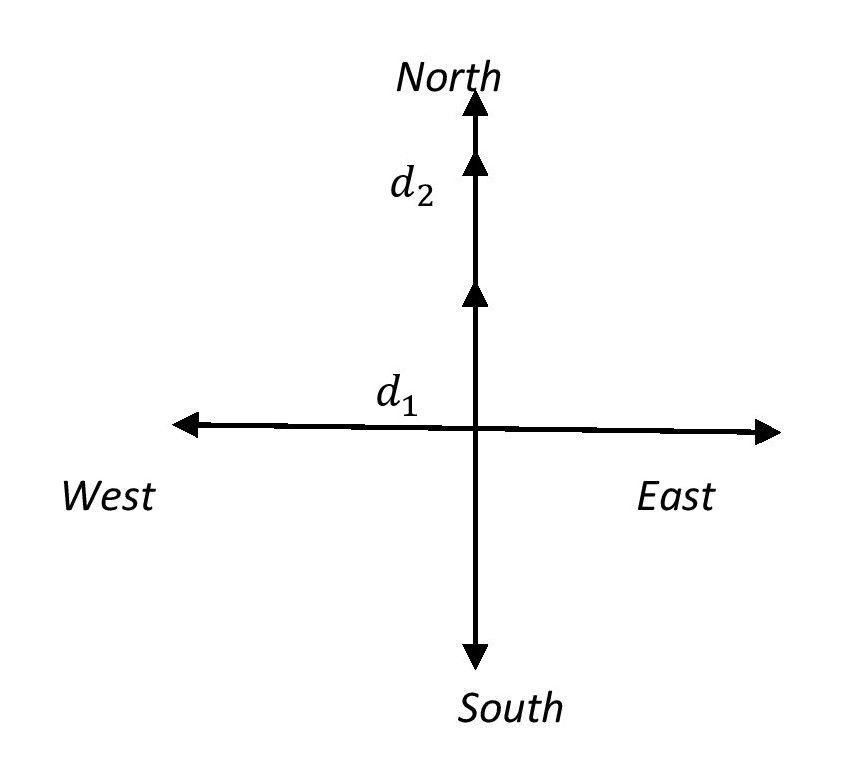A car travels 21 km, North and again 41 km, North. The resultant displacement of the car is O a. -20 km, West O b. 62 km, North O C. -20 km, East O d. 62 km, South
Displacement, Velocity and Acceleration
In classical mechanics, kinematics deals with the motion of a particle. It deals only with the position, velocity, acceleration, and displacement of a particle. It has no concern about the source of motion.
Linear Displacement
The term "displacement" refers to when something shifts away from its original "location," and "linear" refers to a straight line. As a result, “Linear Displacement” can be described as the movement of an object in a straight line along a single axis, for example, from side to side or up and down. Non-contact sensors such as LVDTs and other linear location sensors can calculate linear displacement. Non-contact sensors such as LVDTs and other linear location sensors can calculate linear displacement. Linear displacement is usually measured in millimeters or inches and may be positive or negative.

Displacement of an object is defined as the distance between final position and initial position of the object in a certain time interval.
Here, the car first travles , North and then after that again , in the same direction.
Diagram:-

Step by step
Solved in 2 steps with 1 images









